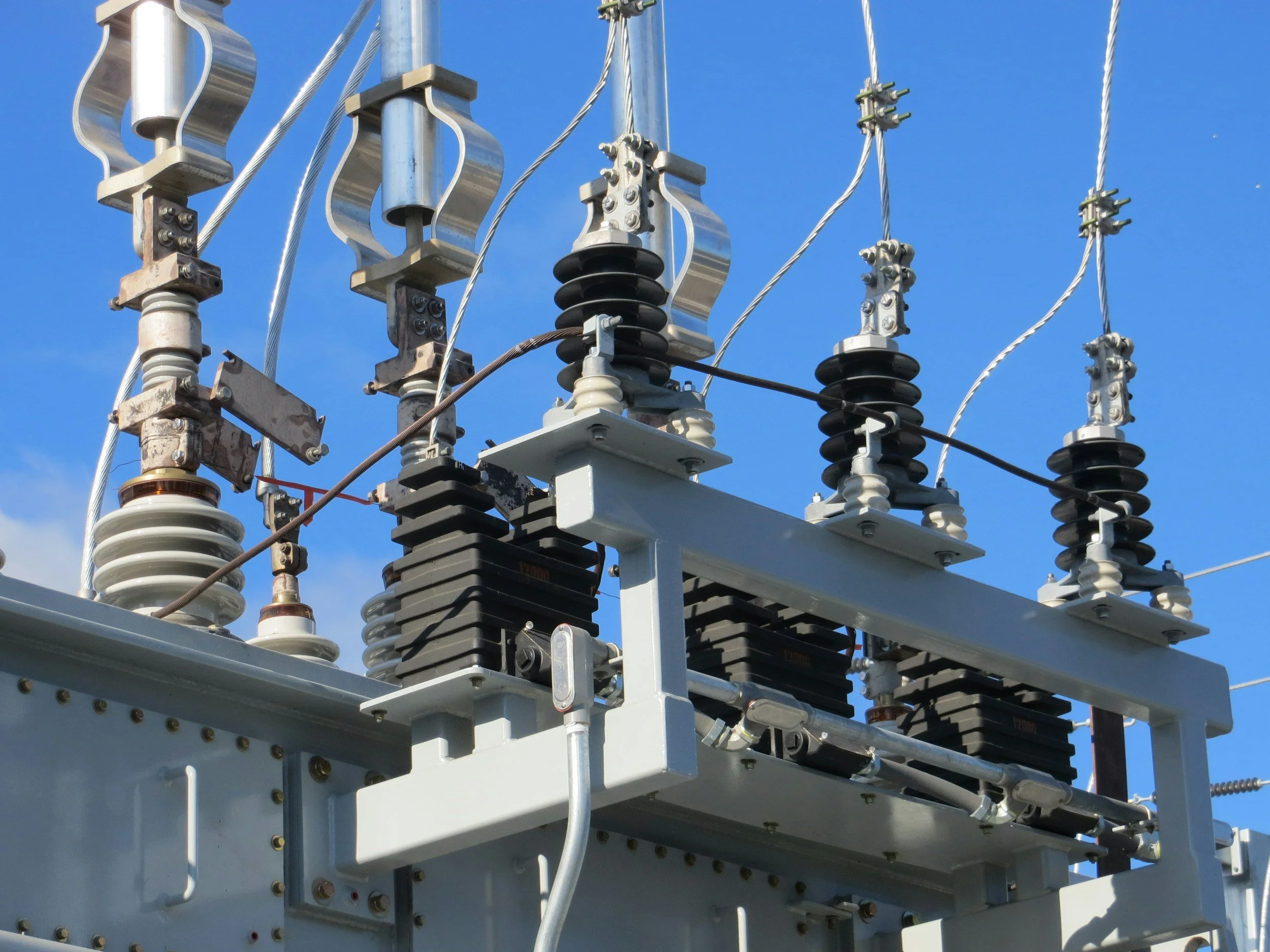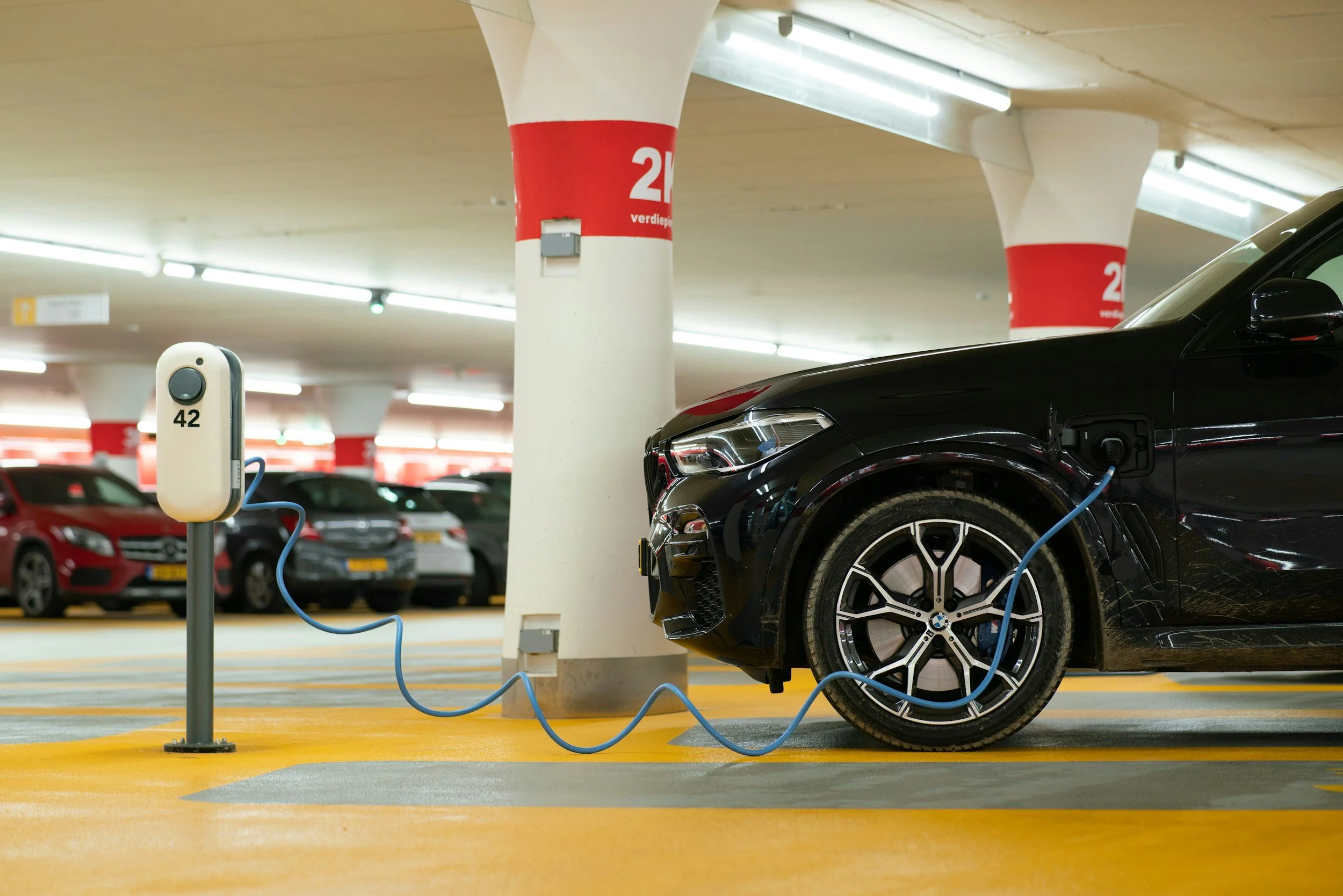
National Security Review Freezes Major U.S. Offshore Wind Projects
The Trump administration has ordered an immediate pause on all large-scale offshore wind projects currently under construction in the United States, citing newly identified national security risks linked to radar interference along the East Coast. The Department of the Interior said the decision follows classified assessments by the Department of War.

EV Tariffs, Battery Breakthroughs & Nuclear Cost Pressures
Europe’s energy and transport landscape is being reshaped by fast-moving market responses, falling battery costs, and growing scrutiny of long-term infrastructure investments. From trade policy and power pricing to electric mobility and nuclear economics, these developments highlight how technology, regulation, and cost dynamics are increasingly intertwined.

UK Planning Reforms Aim to Speed Up Clean Energy and Grid Projects
The UK government’s Planning and Infrastructure Act has now passed into law, allowing its reforms to begin taking effect. The legislation is intended to reduce delays in the planning system and speed up the delivery of major infrastructure, including energy projects critical to the UK’s electricity system.

China Connects Its Farthest Offshore Wind Project to the Grid
China has brought its farthest offshore wind power project into full commercial operation, marking a new phase in the country’s offshore wind expansion. The Three Gorges Jiangsu Dafeng Offshore Wind Power Project reached full-capacity generation and grid connection in mid-December, according to Chinese state media.

EU Rethinks the Pace of Its Electric Vehicle Transition
The European Commission has unveiled a new automotive policy package aimed at keeping Europe’s transition to clean mobility on track while responding to mounting economic, industrial and energy system pressures. The measures reaffirm the EU’s long-term commitment to climate neutrality by 2050, but introduce greater flexibility in how carmakers meet emissions targets.

Energy Workforce Growth, Cheap Storage & Resource Rankings
Energy systems continue to shift at remarkable speed, from labour demand in clean power to the rapid scaling of storage, home batteries, and renewables. New data highlights falling costs for solar-plus-storage, the accelerating dominance of LFP batteries, the economic pressures facing gas networks, and fresh insights into global resource wealth.

UN’s Global Environment Outlook 7 Highlights the Central Role of Energy in Planetary Health
The United Nations has released its Global Environment Outlook 7 (GEO-7), described as the most comprehensive scientific assessment of the global environment ever produced. Compiled by 287 multidisciplinary scientists from 82 countries, the report provides a sweeping overview of the state of the planet—covering climate change, biodiversity, pollution, land use, oceans, freshwater, human well-being, and the economic systems that support or undermine sustainability.

NESO Unveils New ‘Shovel-Ready’ Project Pipeline to Deliver Clean Power by 2030
Britain’s electricity system took a major step toward accelerating clean energy buildout today as the National Energy System Operator (NESO) announced a new pipeline of “deliverable, shovel-ready” projects that will be prioritised for grid connection. The reforms are designed to break the long-standing grid bottleneck and help unlock around £40 billion in clean energy investment every year, supporting the government’s Clean Power by 2030 target.

Does the UK’s New EV Mileage Tax Match Its Green Ambitions?
The UK Government has confirmed that from April 2028, electric vehicles will face a new per-mile tax as part of reforms to the motoring tax system. The rate will be 3p per mile for battery-electric cars and 1.5p for plug-in hybrids, increasing each year with inflation. While the change brings EVs into the mainstream tax framework, it also prompts a broader debate: is a flat per-mile charge the right model for a country pursuing ambitious climate targets?

AI’s Resource Race, Battery Buildout & Climate Risks
Energy, technology, and climate systems are becoming increasingly intertwined, and the latest developments show how physical infrastructure and material supply chains now sit at the center of global competition. From the resource demands of AI to accelerating storage deployment and shifting oil consumption patterns, these stories highlight the forces reshaping power systems, transportation, and climate risk in real time.

Australia’s Clean Energy Boom Masks a Deeper Risk: Wind and Solar Investment Is Stalling
Australia’s clean energy system is undergoing rapid change, and the latest Quarterly Carbon Market Report from the Clean Energy Regulator (CER) shows a country in transition. Renewable generation is hitting repeated records, home batteries are being installed faster than expected, and the grid is becoming cleaner year after year.

£28bn Green Light: Ofgem Sets Out Blueprint for a More Resilient UK Energy Grid
Britain’s energy regulator has approved a major wave of investment to upgrade and expand the country’s power and gas networks, aiming to strengthen resilience, prepare for rising electricity demand and protect households from future price shocks. The plans, announced by Ofgem, unlock £28 billion of initial funding from 2026 to 2031, with total network spending expected to reach around £90 billion over the decade.

Net Zero Pathway, AI-Driven Battery Growth & Nuclear Expansion
Energy and climate developments continue to move quickly, with new data points, technology milestones, and policy decisions showing how the transition is unfolding across different sectors. From accelerating clean power deployment to the growing role of storage, nuclear expansion, and emerging electric aviation, each development offers a snapshot of how global energy systems are shifting.

Approval Granted for UK’s Largest Floating Solar Project
Associated British Ports (ABP) has secured planning approval for what will become the UK’s largest floating solar installation, marking a major step in the energy transition for industry in the North West. Westmorland & Furness Council has approved the Barrow EnergyDock project—a floating solar array of up to 40MWp on Cavendish Dock

How the New UK EV Mileage Tax Will Shape the Market
The Office for Budget Responsibility (OBR) has published its assessment of the government’s new mileage tax for electric vehicles—a policy that represents one of the most significant shifts in the UK’s motoring tax system in decades. For years, EVs have benefited from lower running costs and exemptions from most fuel-related charges, helping accelerate adoption as the government pushes toward its 2030 electric sales mandate.

UK Budget 2025: North Sea Plan Allows Limited New Extraction Through ‘Transitional Energy Certificates’
The government has unveiled its North Sea Future Plan — a wide-ranging package that keeps the promise of no new oil and gas exploration licences, but introduces a new mechanism that will still allow additional extraction from existing areas of the basin.

UK Budget 2025: What the New Electric Car Tax Means for Drivers
The 2025 Budget introduces the biggest change to how electric cars are taxed since EVs first went mainstream. With fuel duty set to collapse as more people switch from petrol and diesel, the government is reshaping the system so that EVs contribute to road funding while keeping the transition affordable for drivers.

Nuclear Review 2025: UK Sets Out Blueprint to Fix a Broken System
The UK’s Nuclear Regulatory Taskforce has released its long-awaited Nuclear Regulatory Review 2025, calling for a radical overhaul of how nuclear projects are approved, overseen, and delivered. Led by economist John Fingleton, the report argues that Britain’s nuclear sector is now the world’s slowest and most expensive — not because of technology, but because of systemic regulatory failure and extreme risk aversion.

Texas Builds Big, Australia Accelerates & Grids Strain
Global energy demand keeps rising, Texas is building clean power at record speed, Australia is racing toward a nearly all-renewable grid, and battery recycling is becoming a critical part of mineral supply. Meanwhile, electricity prices continue climbing — not because of fuel shortages, but because grids worldwide are under intense infrastructure pressure.

COP30 Ends in Compromise But Falls Short on Fossil Fuel Roadmap
COP30 has closed in Belém after more than 18 hours of overtime negotiations, ending with a compromise deal that many countries say falls short of what the moment demanded. Despite intense pressure from over 80 nations to lock in a roadmap for phasing out fossil fuels, the final text avoids any direct reference to oil, gas or coal — a major omission given they remain the main drivers of climate change.
